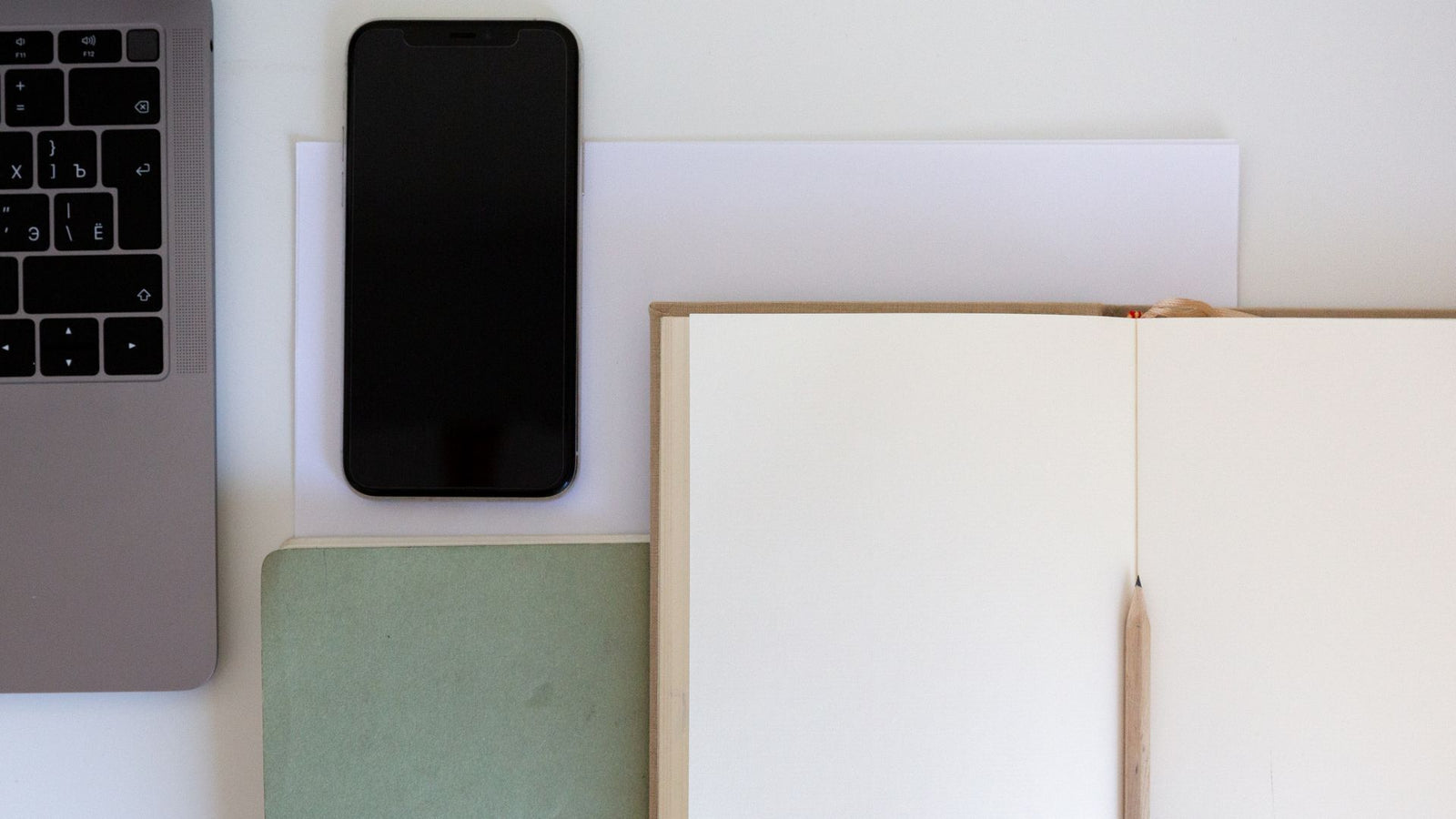
First, think about supplies for class. New notebooks, binders, and planners will probably be necessary, and recycled options exist for all three. Older students may also need things like recycled printer paper or Post-It notes, which are easy to find as well. Opting for recycled alternatives is a simple way to cut down on the use of virgin resources, and you won’t experience any reduction in the effectiveness of your supplies.
Non-paper products can be more sustainable, too. You’ll buy and throw away fewer pens and pencils if you select the variety that can be refilled with ink or lead. The same goes for your printer. Use remanufactured cartridges, which work as well as or better than original cartridges (and save oil and energy), and make sure to recycle any old cartridges (we have a free program for doing so) when the time comes. Some stores will even give you a discount on new ink when you do so.
Next, consider a big generator of waste at school: lunch. Lunch isn’t necessarily a large producer of waste because we’re throwing lots of food away (although that is the case sometimes), but more because of all the packaging associated with things like individually wrapped snack foods or the plastic sandwich bags we use all too often. Reusable snack and lunch bags are a fun, waste-free option for carrying food to the cafeteria. As an added bonus, these reusable bags are easy to wash in the washing machine or dishwasher. Eliminate even more packaging waste from the equation by purchasing food from the bulk bins at the grocery store when possible.
Just like you’d study for a big test, study your eco-friendly options when school shopping — every green choice helps.

